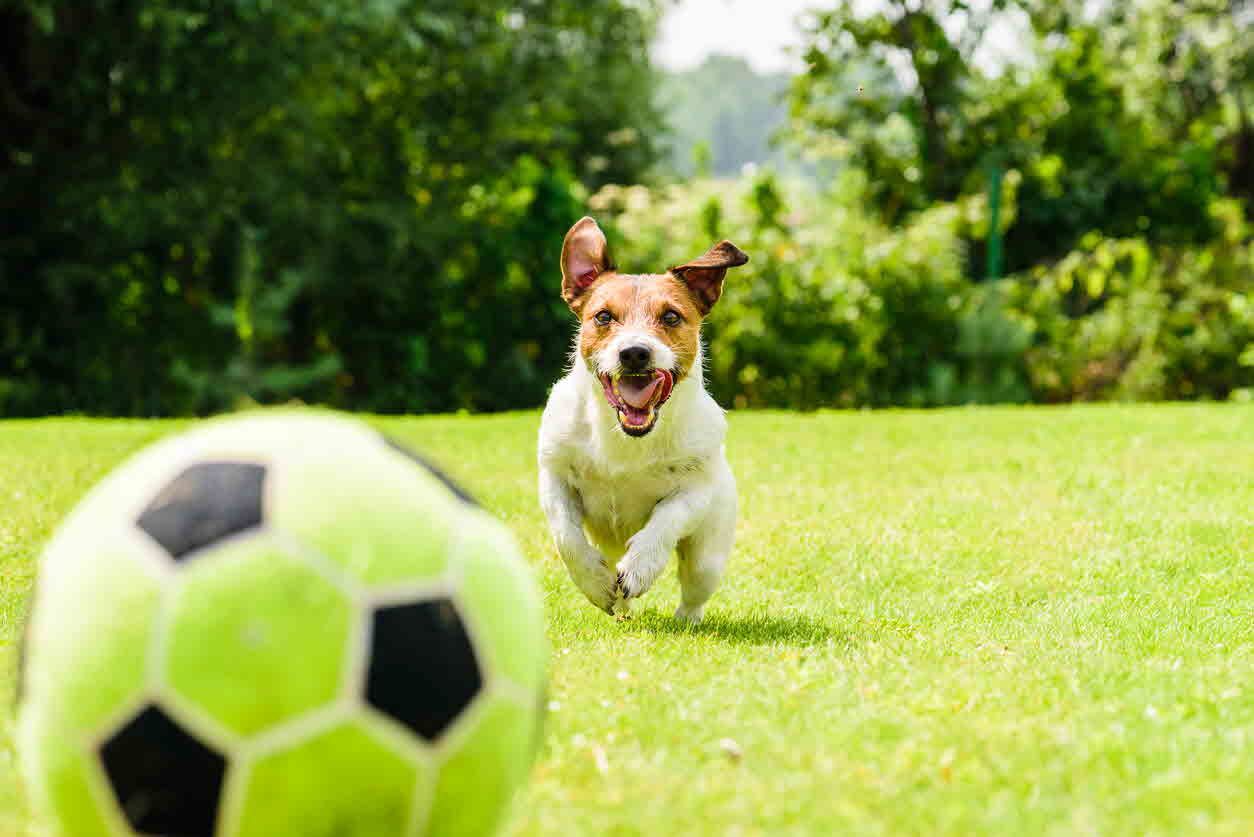Obesity in Australian pets

Controlling that ever enlarging waistline is a major health concern facing our modern day society, and it’s not only humans who are affected. The obesity epidemic is also taking its toll on our companion animals.
Almost half of dogs and one third of cats in Australia are overweight or obese1. Although it may be hard to resist giving your pet an extra treat or a little bit more food when they show off their puppy dog eyes, obesity is a serious concern and can predispose your pet to a number of potential serious health concerns and even shorten their lifespan!
Video: Hill's Pet Nutrition
Risk factors associated with pet obesity
- Neutered: pets will often put on weight after they have been neutered due to a change in hormone levels within their body
- Being female
- Poorly exercised: those extra calories won’t burn themselves off
- Overweight owners are more likely to have overweight pets
- Single pet households: your pet doesn’t need to share their food with anyone else (they’re probably not complaining)
- Inappropriate diet: particularly important in our pocket pets such as birds, rabbits and guinea pigs.
Obesity is a detrimental contributing factor in a number of medical concerns such as:
- Osteoarthritis: the more weight your pet has to carry around the more stress there is on their joints. This is particularly important in elderly animals
- Heart disease
- Liver disease
- Skin problems
- Increased risk during surgery and general anaesthesia
- Exacerbation of brachycephalic syndrome
- Increased risk of back problems
What to do if you suspect your pet may be overweight
The first step is to consult your local veterinarian, who will perform a thorough health exam of your pet and assess the body condition score of your animal. Your vet will then discuss with you the healthy weight range for your pet and help you formulate a weight loss plan involving diet choices and exercise options.
Solutions will vary between species, breeds and the age of your pet, but 95% of obesity cases can be managed through control of calorie intake and alteration of the diet being fed. Diet modification should also be combined with increased exercise and play activity to help achieve your pets weight loss goals. Not only will this allow a strengthening of the bond you have with your pet but it will also enrich their lives, and may even help their human owners shed a few extra kilos in the process.
Keeping a weight loss diary throughout your journey is important to help you stay on track and ensure your pet meets their targets set by your veterinarian. Most veterinarians are happy to provide free weigh-ins for your pet at the clinic and can keep a record on your pets file. Alternatively, you can weigh yourself on bathroom scales at home, then pick up your pet and subtract your weight from the total, while secretly monitoring your own weight in the process.
Weight loss isn’t a quick process and can often be very challenging at times, but recognising that your pet has a weight issue and taking the initiative to address this is the first major step to a better life for your pet and you’ve achieved this by visiting this page!
Reference
- McGreevy PD, Thomson PC, Pride C, Fawcett A, Grassi T & Jones B. Prevalence of obesity in dogs examined by Australian veterinary practices and the risk factors involved. Vet Rec. 2005 May 28;156(22):695-702.
